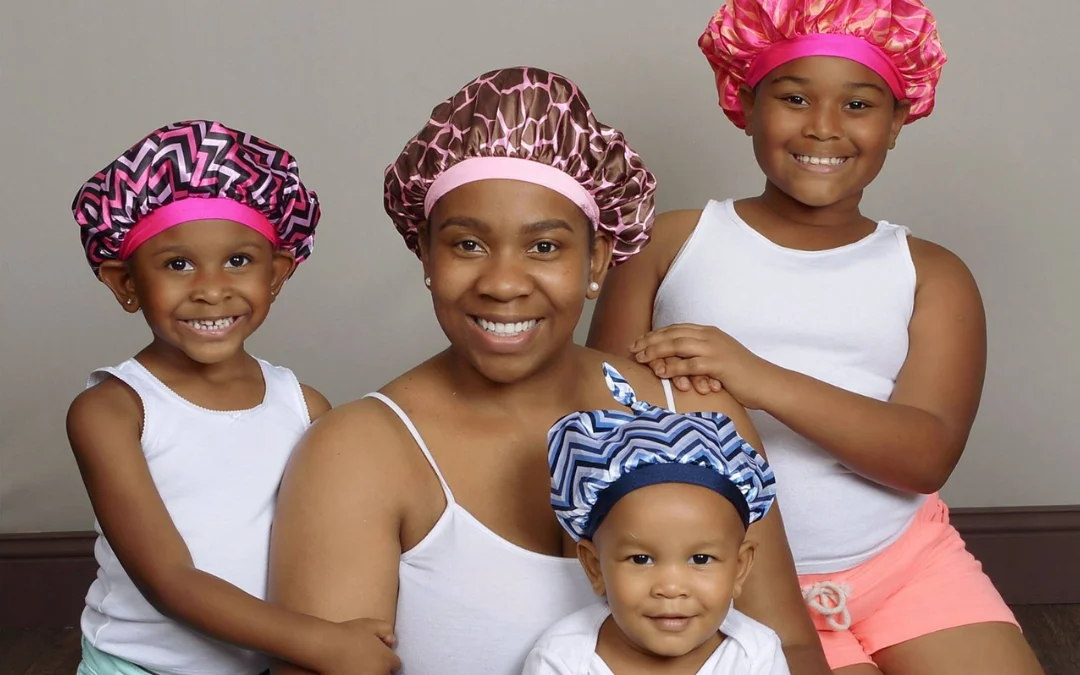The bonnet, a head covering that has graced the heads of individuals for centuries, remains a notable and versatile accessory in the world of fashion and beyond. From its origins in European fashion to its resurgence in modern-day trends, the bonnet has served not only as a practical garment but also as a symbol of cultural identity, status, and personal expression. This article explores the rich history of the bonnet, its evolution through different eras, and its place in contemporary fashion and culture.
Origins and Historical Significance
The bonnet first emerged in Europe during the late Middle Ages as a practical head covering for both men and women. Initially made from simple materials like wool and linen, bonnets were designed to protect the wearer from the elements and to signify social status. Women’s bonnets, in particular, evolved into intricate designs that reflected the fashions of the time.
By the 18th century, the bonnet had become an essential accessory for women of all social classes. Bonnets of this era were characterized by their wide brims and decorative elements such as ribbons, flowers, and feathers. The popularity of the bonnet was not only due to its aesthetic appeal but also its practical use in shielding women’s faces from the sun, thus preserving the pale complexion that was fashionable at the time.
19th Century: The Golden Age of Bonnets
The 19th century marked the golden age of bonnets, with a wide variety of styles and designs emerging. The early 1800s saw the rise of the poke bonnet, which featured a large, projecting brim that provided extensive coverage for the face. This style was particularly popular among the upper classes and was often adorned with elaborate trimmings.
As the century progressed, bonnets continued to evolve in size and shape. The introduction of the sunbonnet, a more practical and utilitarian style, became a staple for women working outdoors. Made from durable materials such as cotton or calico, sunbonnets were designed with a large brim and a neck flap to provide maximum protection from the sun.
The bonnet also played a significant role in the social and cultural fabric of the 19th century. For example, in the United States, the bonnet became an iconic symbol of the pioneer woman during the westward expansion. It was also closely associated with the Quaker community, whose members wore plain, unadorned bonnets as a symbol of their religious beliefs and commitment to simplicity.
The Decline and Resurgence of Bonnets
By the early 20th century, the popularity of bonnets began to decline as fashion trends shifted towards more modern and streamlined headwear. The rise of the cloche hat in the 1920s, with its close-fitting design, marked a departure from the elaborate and voluminous bonnets of the previous century. As a result, bonnets became less common in mainstream fashion, although they continued to be worn by certain religious and cultural groups.
Despite their decline in everyday wear, bonnets have experienced several resurgences in popularity over the years. In the 1970s, the influence of the “Little House on the Prairie” television series sparked a renewed interest in traditional and pioneer-style bonnets. Similarly, the rise of historical reenactments and period dramas in recent decades has brought bonnets back into the spotlight, with many enthusiasts embracing them as part of their vintage-inspired wardrobes.
Contemporary Fashion and Cultural Significance
In recent years, the bonnet has made a surprising comeback in the world of high fashion and streetwear. Designers such as Marc Jacobs, Gucci, and Simone Rocha have incorporated bonnets into their collections, showcasing the accessory in new and innovative ways. The modern interpretation of the bonnet often blends traditional elements with contemporary materials and designs, creating a unique fusion of old and new.
Beyond the runway, bonnets have also gained popularity in the natural hair movement, particularly among women of African descent. Satin bonnets, in particular, have become an essential item for protecting and preserving natural hair. The smooth texture of satin helps reduce friction, prevent breakage, and retain moisture, making it a practical and stylish choice for those looking to maintain healthy hair.
Moreover, bonnets continue to hold cultural significance for various communities. In Amish and Mennonite traditions, for example, the bonnet remains a symbol of modesty and religious devotion. Similarly, in certain African and Caribbean cultures, the headwrap or head tie, often styled as a bonnet, is a powerful symbol of identity, heritage, and resistance.
The Future of Bonnets
As fashion continues to evolve, the bonnet remains a versatile and enduring accessory. Its ability to adapt to changing styles and cultural contexts has ensured its place in the world of fashion and beyond. Whether worn for practical purposes, as a fashion statement, or as a symbol of cultural identity, the bonnet continues to captivate and inspire.
The future of bonnets looks promising, with designers and fashion enthusiasts alike exploring new ways to incorporate this timeless accessory into their wardrobes. From traditional styles to modern interpretations, the bonnet is poised to remain a relevant and cherished part of fashion history for years to come.
Conclusion
The bonnet, with its rich history and cultural significance, is more than just a piece of headwear. It is a reflection of the values, identities, and aspirations of the people who wear it. As we look to the future, the bonnet will undoubtedly continue to evolve, serving as a reminder of the enduring power of fashion to connect us to our past and inspire us in the present.
